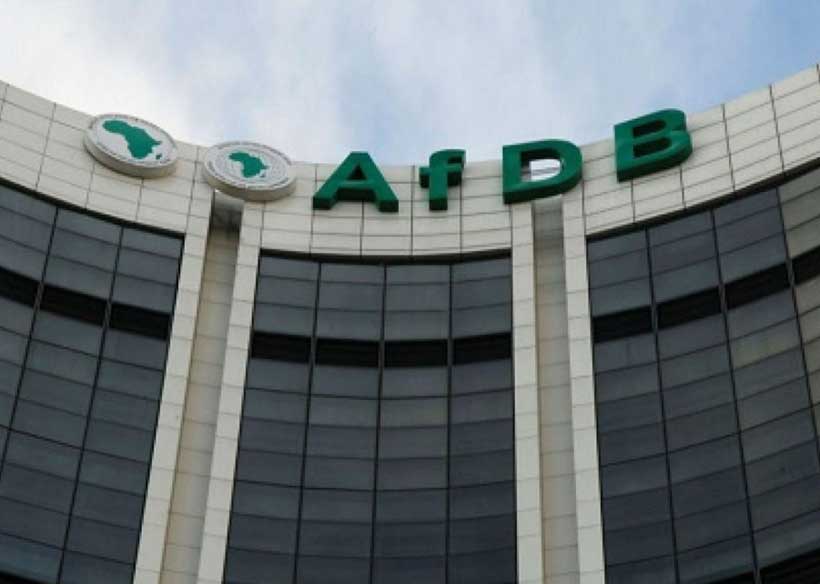Regional diversification pays off for ZHL
Listed holdings company, Zimre Holdings Limited (ZHL), says strong performances by its Botswana and Mozambique operations helped the group push through slow business activity occasioned by the Covid-19 pandemic, as its topline for the year to December 2020 rose 11 percent on an inflation-adjusted basis.
The group has operations in Zimbabwe, Malawi and Zambia, which were affected by the health pandemic.
However, due to its spread across the SADC region, ZHL managed to skate the pandemic pitfalls to post an improved performance in the year under review.
Said chairman Ben Kumalo: “Despite the onset of the Covid-19 pandemic, which brought about severe interruptions to economic activity, the Group achieved modest growth and profitability in business underpinned by strong performance in the Botswana and Mozambique operations.
“The regional diversification strategy became handy as the impact of the outbreak of the Covid-19 pandemic on Group performance was less severe as different fiscal and monetary interventions in each country where the Group operates were implemented to mitigate the effects of the pandemic.”
According to management, in inflation-adjusted terms, ZHL’s total income at $2,8 billion grew by 11 percent over the $2,5 billion achieved in the same period in 2019. But on a historical cost basis, total income increased by 584 percent from $0,6 billion in 2019 to $4,4 billion in 2020.
“The increase was mainly driven by the strong top-line growth in premium income in Mozambique and Botswana as the units consolidated their respective market positions, the growth in rental income with the coming on stream of property space with high rental yield and the upward reviews of rentals as well as property revaluation gains following the change of functional currency,” reported management.
“The regional operations contributed 57 percent in gross premium written (GPW) in 2020 compared to 64 percent in 2019.
“The contribution mix is underpinned by the clawback in the Zimbabwean operations and the continued beneficial hedging effects of the regional operations.”
During FY2020, the group made efforts to contain operating costs and technical expenses.
On an inflation-adjusted basis, total claims and expenses declined by 27 percent from $1,9 billion in 2019 when compared to the $1,4 billion registered in 2020.
“The decrease was driven by an overall decline in operating expenses, acquisition costs and claims.
“In historical cost terms, there was an overall increase in clams and expenses due to exchange rate driven inflationary pressures experienced in the domestic economy.”
Profit for the year rose 107 percent from $0,5 billion registered in 2019 to $0,9 billion in 2020.
In historical cost terms profit for the year increased by 578 percent from $0,4 billion in 2019 to $2,9 billion in 2020 “on account of the strong top-line business growth in some business units and the investment portfolio fair valuations following the change of the functional currency in Zimbabwe”.
In inflation-adjusted terms total comprehensive income was $1,4 billion against $1,3 billion in 2019.
On a historical cost basis, it was $3,9 billion against $0,6 billion in 2019, which the group attributed to “exchange rate differences on translation of foreign operations, fair value gains on financial assets and gains on property and equipment revaluations”.
Total assets grew by 154 percent in inflation-adjusted terms from $4,9 billion ($1,1 billion in historical cost basis) in 2019 to $12,5 billion (ZWL$12 billion in historical cost terms) in 2020.
For the period under review, the board declared a dividend of $30 million.-ebsuiensssweekly.clz.e










